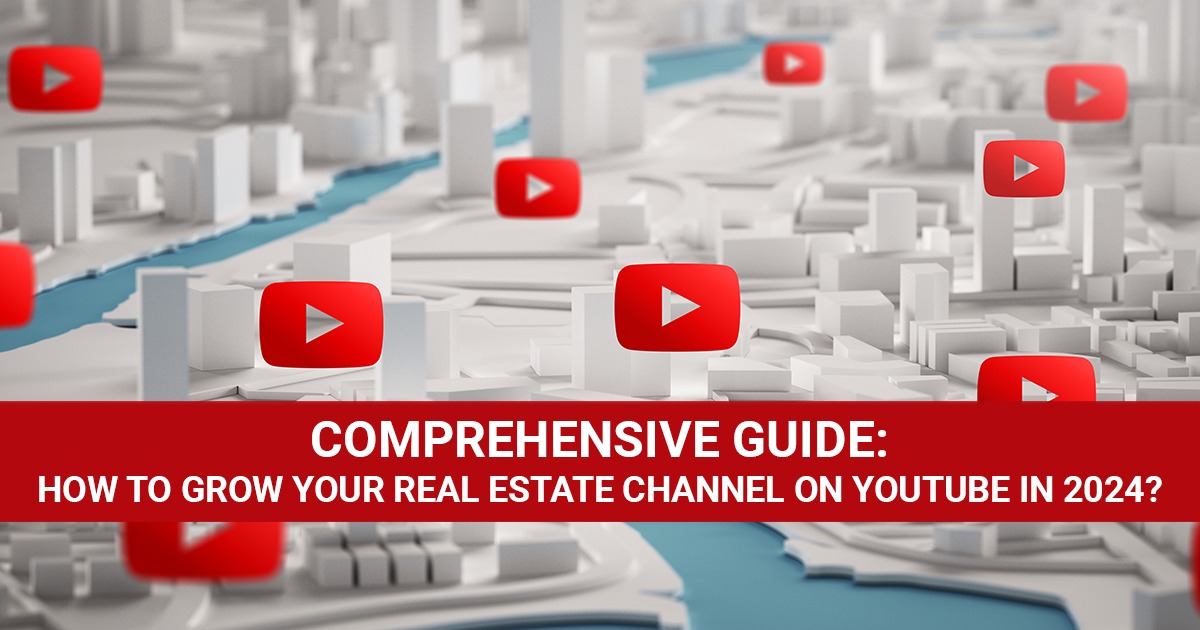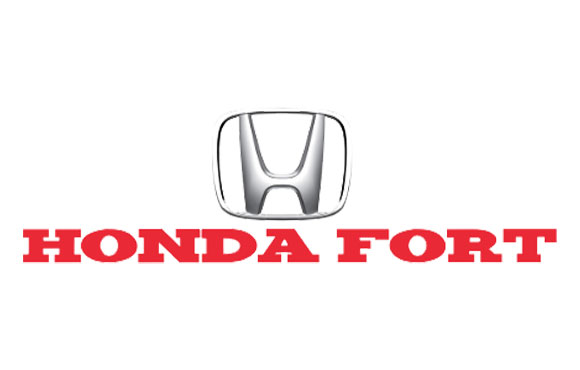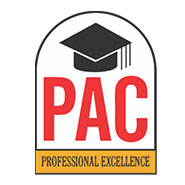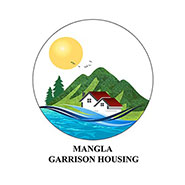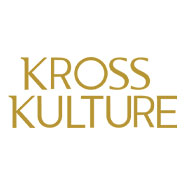How to Get Found on Google with Easy to Follow Steps:
In the modern digital market, each brand is looking for a way to enhance its visibility on the Internet. Without a doubt, one of the best ways to reach more customers is to improve your rankings on search engines like Google. But if you want to find Google, you’ll need to do some work.
It takes time to work to improve your search engine. You can not just write a great blog and expect traffic to start flowing. Instead, you should be strategic about where you spend your time and energy. A plan can help you focus your efforts on the most important parts of your SEO strategy.
Whether you’re just updating your website for the first time or looking for ways to improve your current location, you can use the four steps below to access Google at any time:
1. Do your search for keywords.
Search for keywords for SEO is the first critical step to reach Google. Keyword search helps you identify the keywords and phrases your target customers use to find brands like search engine brands. This includes not just broad keywords consisting of one or two long words but also long-tail keywords, which are more specific terms that a search engine user might write to narrow the search.
It takes time to search for keywords, but it’s all worth it when you start bringing in more relevant traffic to your site.
It takes some time to brainstorm.
To start searching for your keywords, you’ll need to bring up some potential keywords related to your brand and the products or services you offer. This gives you an effective starting point for searching for keywords that can actually increase potential traffic to your site.
Invite your entire team to meet and share ideas and keywords they think potential customers may use to find you online. Do not forget to include more specific keywords in your long tail.
Keep in mind that this list does not have to be perfect and that each keyword suggestion will not result in a reduction. But it gives you a good starting point to narrow down your keyword list.
Expand your keyword list.
Once you have an initial keyword list, it’s time to expand. There are a few different methods you can use to start developing your keyword list:
Localize your keywords. If you’re a brick and mortar store or target consumers in certain geographic locations, try adding city information to your keywords. For example, “Repair air conditioning in Los Angeles”.
Use Google suggest. Do you know how Google suggests things to you based on what you start typing in the search bar?
You can use these suggestions as additional keyword phrases.
See similar inspections. When you search for terms on Google, you’ll see a list of similar searches at the bottom of the SERP. Take a look at these and see if any of them are relevant to your brand.
Look at your competitors. Another way to expand your keyword list is to look at the ranking of your competitors. You may also want to consider including some of these keywords in your list.
Research keyword volume and difficulty.
Now that you have a list of possible keywords, you will need to make some inquiries to see which ones are worth searching for. Start by looking at the average monthly search volume for each keyword in Google’s Keyword Planner.
Narrow down your list.
Now that you know the keywords consumers use to find brands like yours on the Internet and have the data to back up, it’s time to narrow your list.
First, you need to get rid of keywords that are not particularly relevant to your brand. There’s no point in trying to find Google for irrelevant keywords. This will only have a negative impact on your conversion rates.
Next, select the keywords that you have the ability to rank.
You’ll need to follow keywords that have a high monthly search volume but with less difficulty in keywords. Take a look at the keywords your competitors are chasing and think about whether you should try to sort these keywords and phrases too.
When searching for keywords for your brand, keep in mind that effective keyword search takes time. It’s also something you need to do continuously if you want to find it on Google.
The above information is just a basic overview of how to start searching for keywords for SEO. If you’re looking for more advanced tips, check out our keyword research tips that will improve SEO to the next level.
2. Create optimized content for search engines.
If you want to find Google, you should create improved content for search engines. Now, you have a list of keywords, you can develop relevant and useful content that focuses on the keywords and phrases used by consumers to find brands like your brands. Your content is what a search engine crawls, or searches through, to find these keywords and provide the right results for search engine users.
Content defines as an agent for SEO (SEO) on the page, which means that it is something you do on your site to further refine your search engine. Google considers great content to be one of the top three ranking factors, so companies need to invest in producing and delivering great content on a regular basis.
Content marketing and SEO are a match made in digital marketing sky.
Content marketing is not only an important part of your SEO strategy, but it also plays a vital role in helping fuel your digital marketing campaigns. When you produce great content to read, you share it and educate it. Which goes a long way towards directing them to the next step in the purchase process.
For this reason, your content must be optimized for search engines but also suitable and useful for people who read it.
Now that you know the importance of great content, let’s talk about what makes content great from an SEO perspective.
Enhanced search engine content includes the following features:
Long-Form – Although it is acceptable to write a shorter publication of the blog here and there, many of the best search engine results are more than 2000 words long. Not only are comprehensive posts more useful, they tend to attract the attention of the reader for a longer period of time, thus increasing the time you spend on the page and the results of search engine optimization.
Easy to read – Even if your business is in a difficult or complex industry, it is important to make sure that your content is easy for visitors to read. Content written in digestible parts, using titles and enumeration points, is easy to read and will increase the value of search engine optimizers.
New – Google prefers updated content. As well as search engine users. Sites that rank at the top of search engine results page (SERP) provide timely content. So be sure to update your older, consistently better publications to help keep them in order.
Organically keyword rich – keywords are stuffing days. Today, if you want to find Google, you need to use keywords and keyword variables as a member throughout your content. You should not feel overwhelmed, but keywords are used throughout the content.
In addition to the quality of modern writing content that uses keywords naturally, you should also pay attention to how your content is formatted on the page. This will play an important role in how easily search engines find and understand your content.
For starters, you should use keywords in the first 100 words of text in a blog post or site page. You must also include the keyword at the beginning of your address.
In addition, you need to use keywords in some other strategic areas to ensure your content is found on Google. Use keywords in at least one of the H2 addresses as well as the description, meta tags, and URL. You should also use keywords in image titles, alt text, and annotations, if applicable.
3. Focus on the off-page elements of SEO.
Spreading a lot of great content is just the beginning. All keyword and content research will be lost if you do not have SEOs from outside the page to support them.
For more information About SEO Services click here Digital Marketing Lahore .


